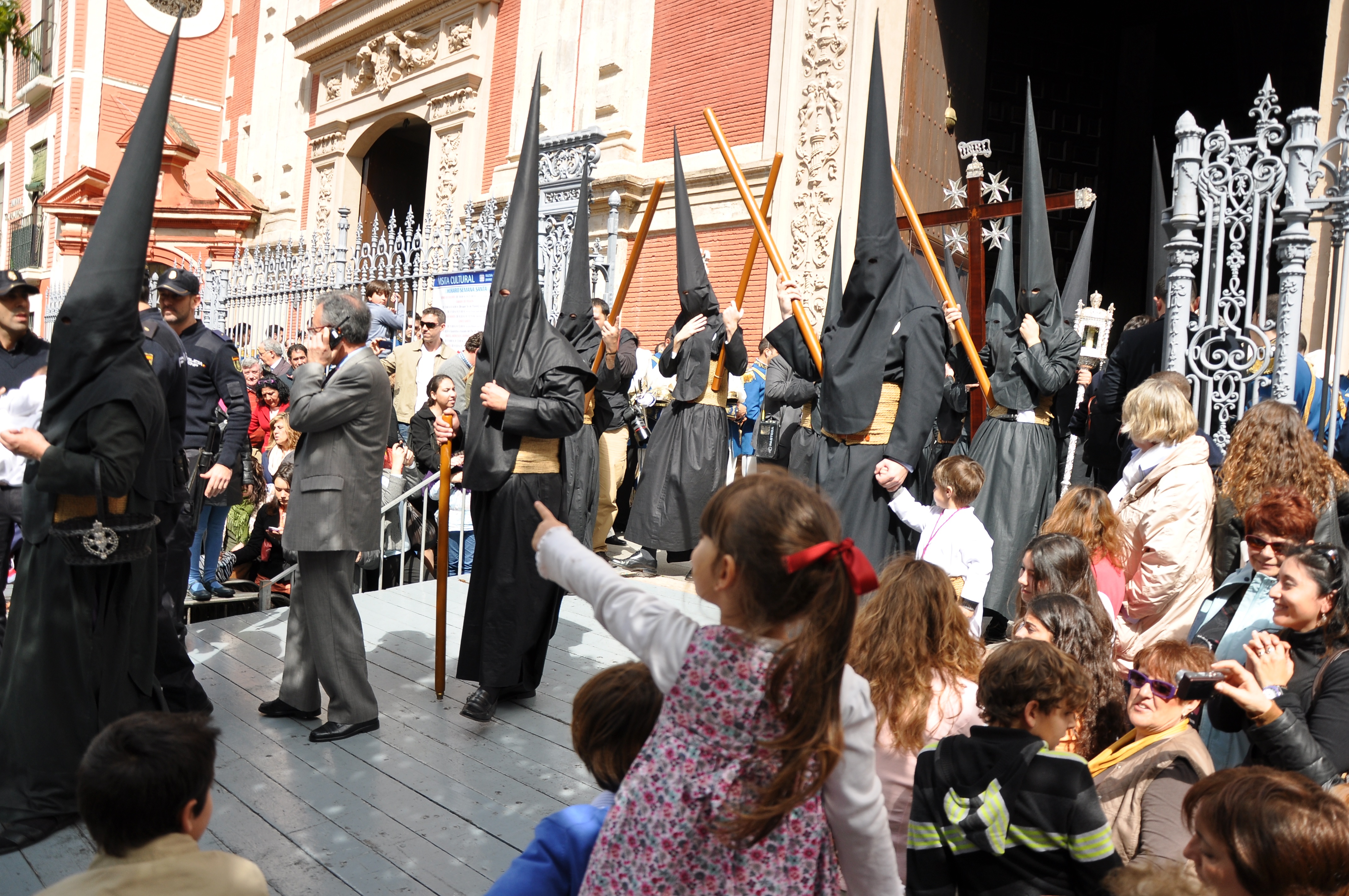All serious travelers should experience Seville’s Holy Week at least once in their lifetime. This liturgical festivity that takes place in the Andalusian capital is a vibrant display of passion for tradition; a passion that permeates every corner of Seville during the days of celebration. This year, the Sevillian Holy Week begins on March 29th, and ends on April 5th, coinciding with Easter Sunday. During the celebration the city dons its festive attire, and 60 fraternities and cofradías (church brotherhoods) take over the streets of Seville, with more than 120 pasos (floats) commemorating the passion and death of Jesus Christ. Ready to experience a liturgical celebration of medieval origins during your Easter holidays? Follow in our footsteps through the Andalusian capital:

In the Footsteps of Jesus Christ
Seville’s Holy Week was declared Fiesta of International Tourist Interest in 1980, and together with the Feria de Abril it is one of the city’s biggest festivals. Its origins date back to the Middle Ages, but it wasn’t until the end of the 19th century, during the Spanish Restoration period that brotherhoods gained momentum and became a tourist attraction. In their early days processions followed routes revolving around the vicinity of their home church, but nowadays the Carrera Oficial (or Official Path) of the brotherhoods must necessarily end at Seville’s Cathedral. This joint route departs from the Plaza de la Campana, passing through Calle Sierpes, Avenida Constitución, and ending up at the Cathedral.
There is one procession per day, with those of Good Friday, Holy Saturday, and the popular ‘madrugá’ (the most anticipated night of Seville’s Holy Week) being among the most multitudinous. Every procession starts with the Cruz de Guía (Guiding Cross), followed by a number of people in habits, the nazarenos, carrying candles and sometimes also crosses marking public penance and grouped behind Roman insignia, and after them, the sound of horns announcing the paso, the presiding preste, and finally the acolytes and pasos.
At Dawn in Seville
‘La madrugá’ takes place between the night of Holy Thursday and the dawn of Good Friday, and its pasos commemorate the early hours of the Passion of the Christ, from the scene of his trial before Pontius Pilate, to his subsequent death sentence, and the path he walked carrying the cross on his way to Golgotha. The afternoon of Good Friday sees the representation of the passion and death of Jesus to the sound of cornets and drums, one of Seville’s greatest days in the Holy Week. As is the case of Holy Saturday, commemorating the lowering of the body from the cross, and the day that Jesus lay in the tomb before his resurrection.
The Holy Week comes to a close on Easter Sunday, the day when Christ rises from the tomb in the company of an angel. This is the single procession in the festival that is not mournful, and it makes for a spectacular ending to Holy Week of the Andalusian capital.
If you want to live an emotionally intense liturgical experience, have a look at our Seville apartments.

 English
English Français
Français Deutsch
Deutsch Italiano
Italiano Español
Español

